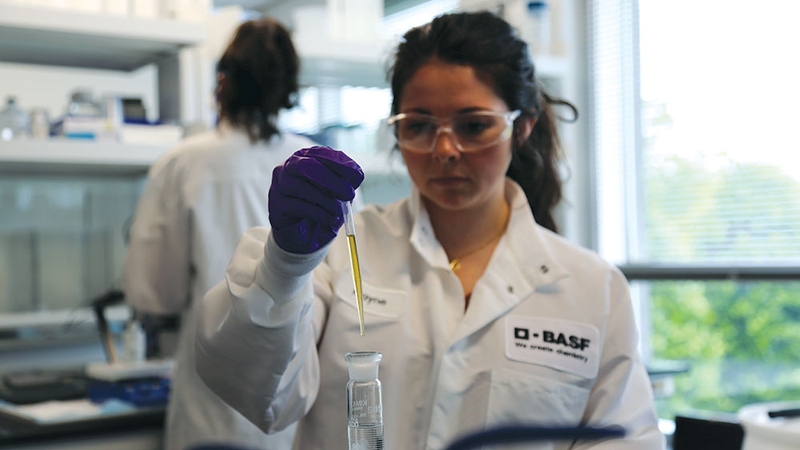Cleveland: Cotton Market Plows Through Peak Ginning Season
By Dr. O.A. Cleveland
Special for Bayer CropScience
I’m thankful for a somewhat working shoulder and associated hand; let’s see what the fingers can process today. The past two weeks have, with the exception of a limited bit of daily activity, been generally been void of much activity.
The Northern Hemisphere crop is rapidly being harvested with the U.S. some 65 to 70% harvested. Supply and demand continue to account for a sharp build up in world stocks, possibly as much as eight million bales. Some mills continue to postpone pricing cotton, adding to their on call mill sales positions. However, more than the typical numbers of mills are fixing the price of cotton as it is purchased. Thus, they are signaling that they feel the price of cotton has seen a significant bottom and/or they can now make money at the current price levels. The 95-105 cent price range continues to satisfy both the textile and cotton production sectors of the industry, especially now that we are past the peak ginning period. (The actual extremes of the range are 93 to 107 cents, but nearly all the trading has occurred within 95-105 cents.) Look for that range to hold in the coming weeks.
As we are informed daily by various news reports, the outside market factors continue to hold hostage most all commodity markets. Principally, the value of the dollar pushed higher this week taking most commodity grains away. Too, lingering concerns of the Greek financial situation has driven larges amounts of funds away from the world stock markets. Those funds have shown little to no interest in commodities, thus, the commodity bears are left with easy selling opportunities in range bound markets—of which all the agricultural markets are in at present. With the cotton market gathering little to no interest from these funds, or from other managed funds, the market is left to respond to direct impact cotton supply demand information which has been void some time.
Retail sales were up in October, for the second consecutive month. Yet, while this is a positive sign, it still is just one sign of the potential recovery in demand. Nevertheless, if it can only inch forward month by month the signal will become very positive. Additionally the U.S. unemployment rate also fell, if only marginally, during October. These economic parameters, coming at the same time give the appearance of an improving trend, but the signals must also be viewed as weak signals.
U.S. export sales for the most recent week were near 100,000 bales, but were judged as disappointing to the cotton bulls. They had expected some big sales to China that did not materialize. However, that only means that China is closer to buying some cotton in volume. Their import needs are two fold. They need current year imports to operate their mills, plus they need imports to rebuild their very low strategic reserve of cotton. Actually such sales could come at anytime, but it should not be surprising if they do not come until as last as the first couple of weeks in January.
The market continues to trade without direction and likely will for at least another month… actually a couple of months would not surprise me.
If you wonder exactly where we are in the complicated process of formulating a new farm bill and how it may directly effect your marketing decisions, then you want to tune into this month’s Ag Market Network next Thursday morning, November 10th when Texas Tech’s Dr. Darin Hudson will bring it all together for us.
You can listen on KFLP or over the internet at agmarketnetwork.com at 7:30 am Thursday. Dr. Hudson will be joining the regular Ag Market Network panel.









